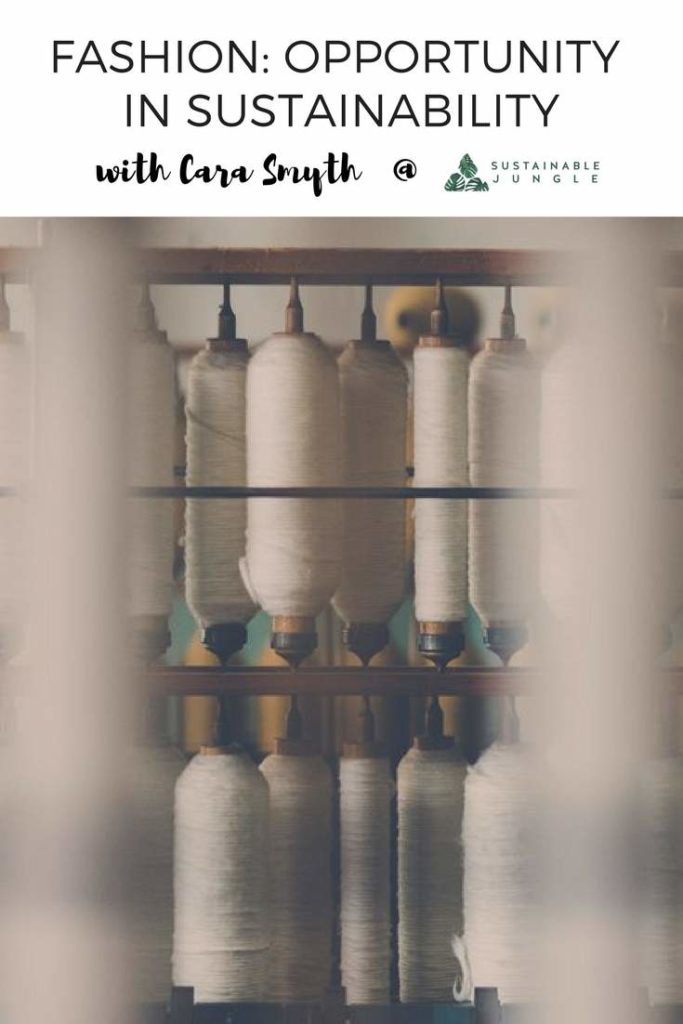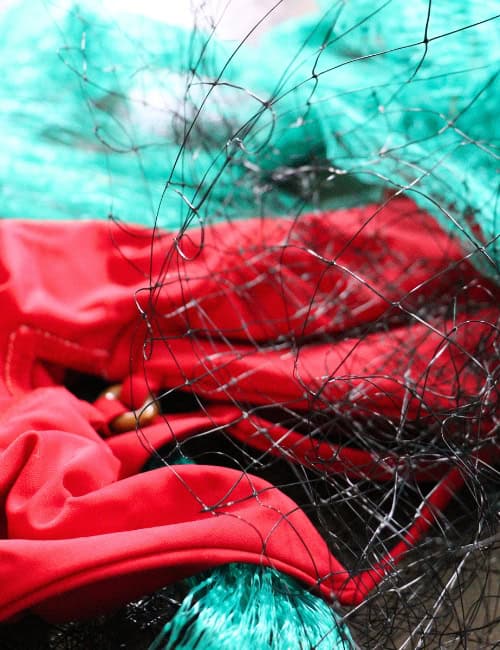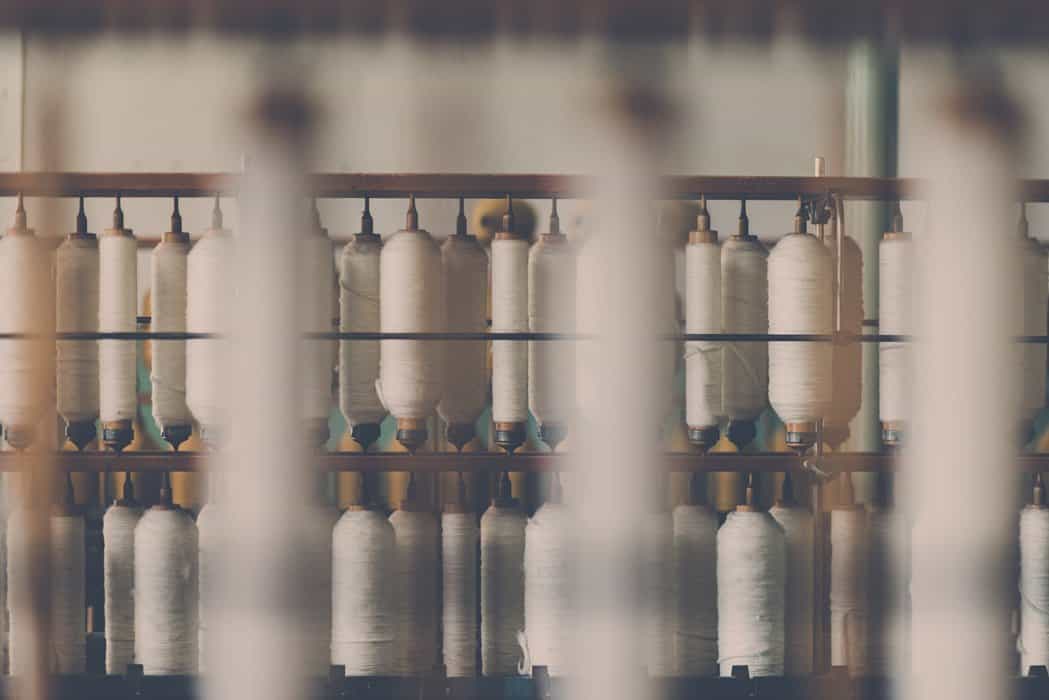
Fair Fashion: How The Fair Fashion Center Is Turning Sustainability Into Opportunity
“Just because it’s business, doesn’t mean you lose your values.”
Cara Smyth
A while ago we wrote an article on sustainable and ethical fashion, covering what these terms mean and how to minimize your contribution to one of the world’s most polluting industries. Our focus was very much directed at the consumer level, emphasizing the power that we collectively hold.
We still believe that to be the case. Consumers will always have an integral part to play.
There has been for a few years now, a conscious consumer movement of sustainable fashion, which is not surprisingly, mostly driven by the horror of the Rana Plaza disaster in 2013.
However, as consumers, what we say and what we actually end up buying seems to be somewhat incongruent. Around 63% of consumers who say they care about sustainable and ethical fashion tend not to always follow through with their sentiments. Ultimately for many consumers, price and look are still very much the deciding factors when it comes to choosing an article of clothing.
Thankfully, the responsibility to make the fashion industry a sustainable one does not squarely lie on our shoulders. Small and big business have a major role to play.
Cue Cara Smyth and the Fair Fashion Center.
Cara Smyth is a guru on the fashion industry, having worked her way up the ranks to serve in Executive Level positions for major brands such as Jill Sanders America, Burberry and Menichetti International in Milan.
But after what she terms as “a collision of factors” including the Rana Plaza disaster, she started to question the status quo. Would it be possible to untangle and reduce the impacts of the fashion industry by looking for sustainable solutions that also make good business sense?
It was serendipity then that at the time, the Glasgow Caledonian University (GCU) was opening up a campus in NYC and Professor Muhammad Yunus (the Chancellor of GCU and one of only 7 people in the world to have been awarded a Nobel peace prize and the Congressional Medal of Freedom) approached Cara and posed the profound question: “Could the fashion industry be a force for good and deliver on the UN’s Sustainable Development Goals?”.
That question set Cara off on her biggest challenge to date. Was it possible to redesign the fashion industry from the inside out?
Cara, of course, took on the challenge and today is the Vice President of the Glasgow Caledonian New York College (GCNYC) and is also the passionate founder of the Fair Fashion Center.
Unsurprisingly, steering the big business of fashion towards a more sustainable future has since led Cara to live “between being thrilled and terrified”.
Listen to the full Sustainable Jungle Podcast interview with Cara here.
THE FAIR FASHION CENTER
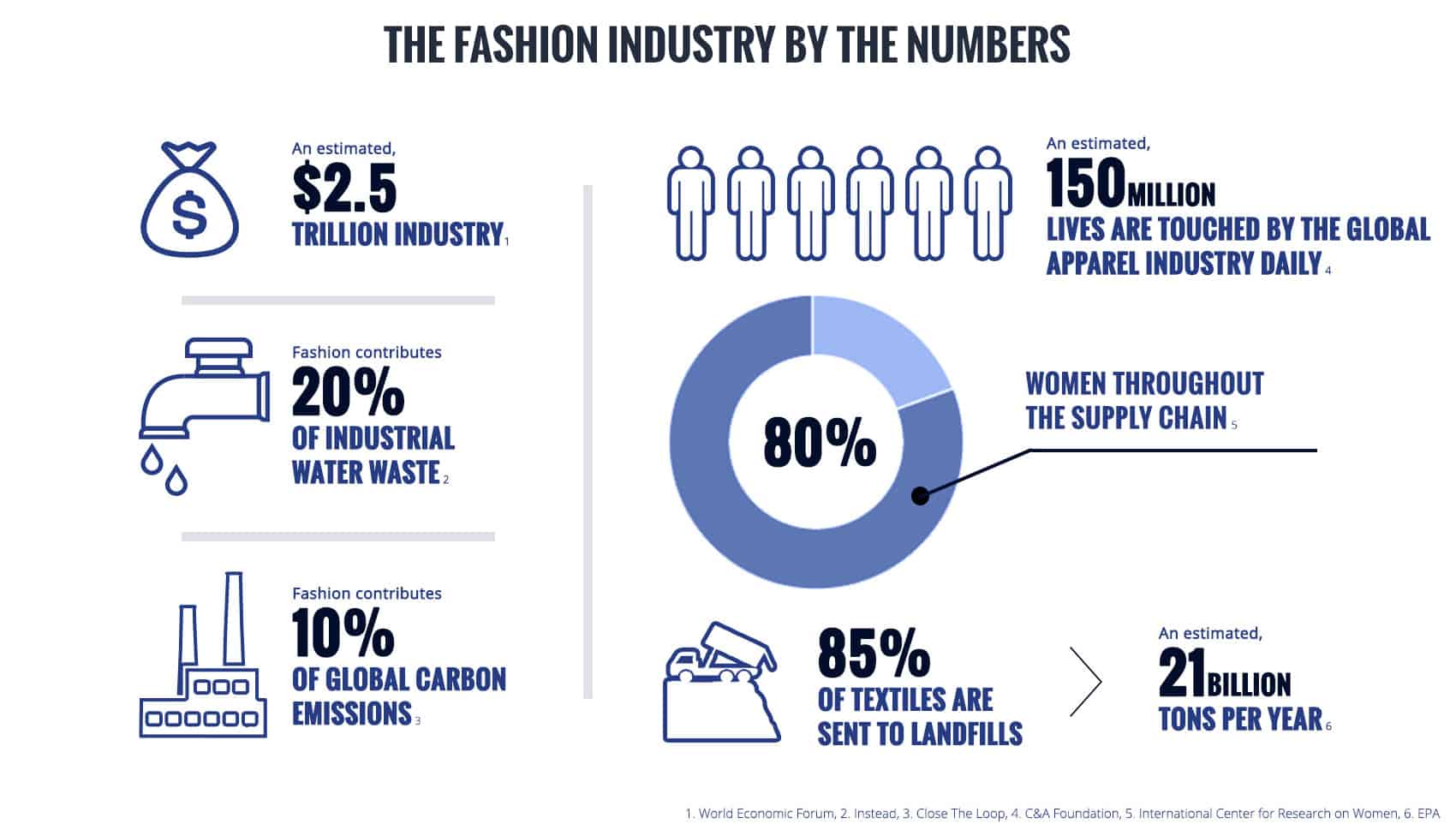
While Cara believes that individuals have an important role to play in solving the fashion industry’s woes like supporting online thrift stores or to sell used clothes online, she believes that the needle can really be moved by big business.
It may come as a surprise for some but according to Cara, big business wants to do the right thing.
And that’s where the Fair Fashion Center comes in. Cara explains that the Fair Fashion Center is essentially a think tank which operates under the mandate of how fashion can be a force for good. It works closely with the private sector where industry and C-Suite executives feed real-world problems to GCNYC students who undertake applied research in their dissertations.
The learning loop focuses on the intersection of profitability and sustainability.
That may sound all well and good but how does the Fair Fashion Center actually intend on untangling what is a very well established bird’s nest and address the “paralysis that the problem is too big”.
For starters, breaking the problem down into manageable and digestible parts. The fashion industry is made of 16 sub-businesses including transportation, agriculture, human capital, end of life and circular, consumers and finance. All these smaller parts make up what we understand to be the value chain of the fashion industry.
To achieve a sustainable and ethical fashion industry you need to operationalize systemic change across each of these sub-businesses. And to do that, Cara explains, you need to understand their language. To facilitate transformative change you need to bridge the gap between, for example, the farmer that grows the cotton and the CEO of the luxury fashion house.
By doing so, you can develop practical business solutions, that support the notion of people, profit and planet and enable business leaders to make meaningful change for all stakeholders.
This bridge building is what the Fair Fashion Center is working to achieve.
And big business is starting to come to the table, helped along by investors demanding better risk mitigation and consumers asking for more sustainable and transparent products.
“Investors are starting to say hey, you know, we can see into your supply chain and because of that we want to know what your material business risks are, we want you to be reporting on ESG issues.”
Cara Smyth
The Fair Fashion Center:
“[…]is closely aligned with industry leaders and strives to create a fashion industry that is a respectful, regenerative ecosystem supporting people, planet and profits.
Its efforts are built upon the recognition that systemic change in the fashion industry requires an approach that is aligned to the industry’s disciplines, and reconciled to the bottom line.”
THE FAIR FASHION CENTER’S IMPACT

Since its inception in 2013 the Fair Fashion Center has grown to include a network of 35 industry CEOs, representing 240+ brands and over 11% (soon to increase to ~20%) of the global fashion business.
The center has also wasted no time in finding solutions for some of the industry’s most impactful problems.
A perfect example is one of waste reduction: a men’s dress shirt includes about 16 – 18 superfluous pieces of packaging. Not only is this nonsensical from an environmental standpoint, it’s also fairly annoying having to pick off each and every piece of plastic (coming from the corporate world, I’ve worn my fair share of men’s dress shirts).
Together with the CEOs in their network, The Fair Fashion Center found a way to package dress shirts in a more sustainable way. This simple revelation is especially great since many of those small plastic packaging parts comes with their own carbon footprints having been shipped from around the world.
Another waste reduction initiative is looking at repurposing New York City’s trash into shopping bags which would eliminate the need to manufacture and transport shopping bags from China and Indonesia. And, given NYC’s trash is currently shipped to other states to be buried or burned, this small change could have a huge impact and lead other cities to do the same.
On a bigger scale, the Fair Fashion Center is working on a project called “NoCo” (as in, no carbon dioxide). The idea is that when buying fashion online or in-store, consumers can check a box at the checkout which says ‘keep the change’ for the climate.
The money collected will be used to buy carbon credits and brands will be encouraged to match the donation. It’s a way to build in the environmental cost of the product which is almost never included in the actual price tag.
Another grand scale project is to leap-frog carbon offset programs and approach factories in the value chain by proposing energy solutions that would help them shift from using fossil fuels to renewable energy. The savings from those power purchase agreements would then be directed towards livelihood programs which would, in turn, benefit employees.
The Fair Fashion Center is also working closely with the finance community and the sustainability accounting standards board. Big industry investors are starting to ask what the material business risks are from an environmental, social and governance perspective.
To understand these metrics better and to drive transparency in information, the Fair Fashion Center holds workshops for the fashion and finance community.
The GCNYC, in turn, offers
“[…] degrees in International Fashion Marketing, with a focus on Fair Fashion; Impact Focused Business and Investing; and Global Resilience and Integrity Management.
All the programs are influenced by the tenants of the Fair Fashion Center which uses the lens of sustainability to drive operational excellence, profitability, business development, and innovation.
The programs are designed for students to enter as experts in their sector and graduate as responsible leaders, with the analytical skills and clear personal values necessary to create successful careers as truly globally minded corporate statesmen and women”. Cara says:
“Our students are doing their research dissertations, helping us to untangle the problems that the industry is providing so there’s a very interesting learning loop that has emerged over the last few years.”
WHAT’S NEXT FOR THE FAIR FASHION CENTER
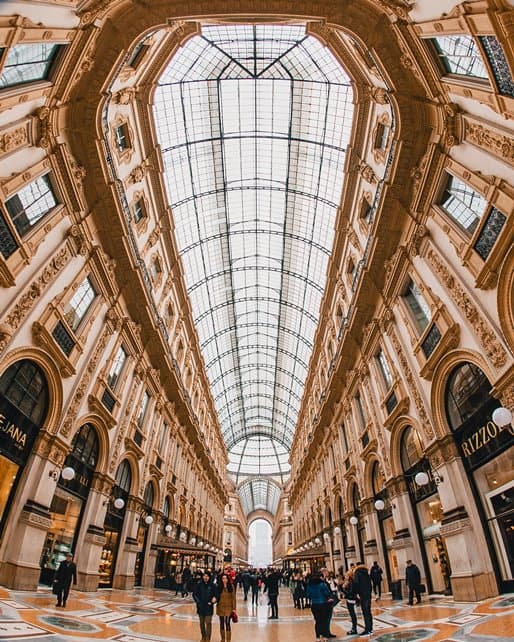
In 2018, the Fair Fashion Center is opening up a campus in London and will start to work with a new group of C-Suite business leaders.
The aim is to represent about 20% of the global industry by the end of the year which is an exciting idea from a collective impact perspective.
Cara makes the point that having significant fashion industry leadership all moving in a coordinated way towards a sustainable fashion industry will be far more powerful than any single company doing something on their own.
The Fair Fashion Center is also looking at exciting technology opportunities like blockchain and artificial intelligence to improve traceability and transparency from raw materials through to final products.
This will hopefully allow consumers to understand more about what they’re buying which will hopefully, in turn, drive consumer change.
“What happens if we move in a more coordinated way?”
Cara Smyth
LEARN MORE ABOUT CARA AND SUPPORT HER WORK
Given the groundswell of consumer change, we asked Cara if the same could be said for big business. She explains that we’ve hit the tipping point. The industry is facing a collision of priorities and businesses are realizing that being sustainable and ethical does translate into good business.
And the Fair Fashion Center is there to help.
We think the work the Fair Fashion Center and GCNYC are doing is pretty exciting and will have a massive impact on the future of fashion.
To learn more about them or follow their movements:
Cara Smyth:
Fair Fashion Center:
Glasgow Caledonian New York College:
